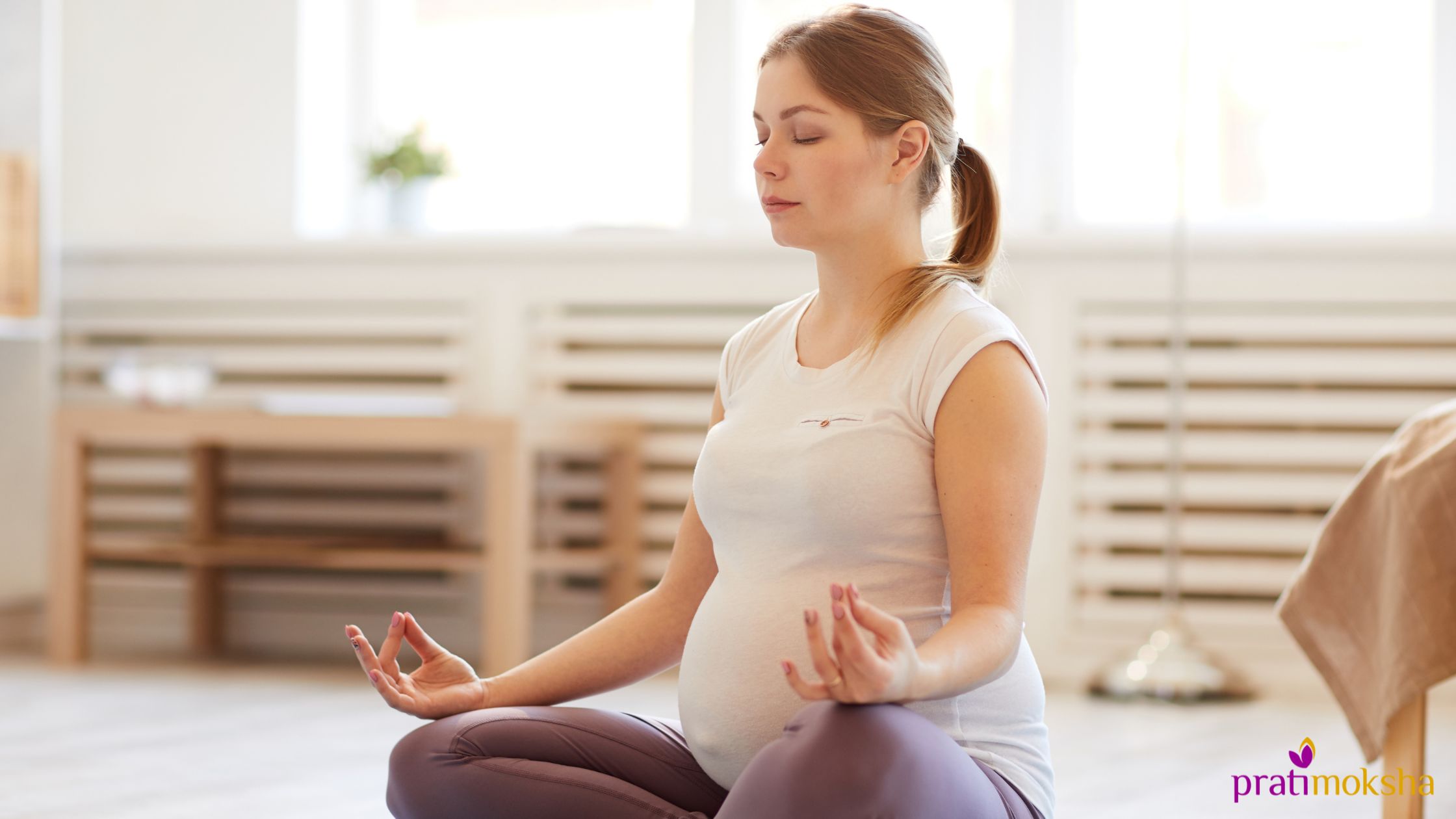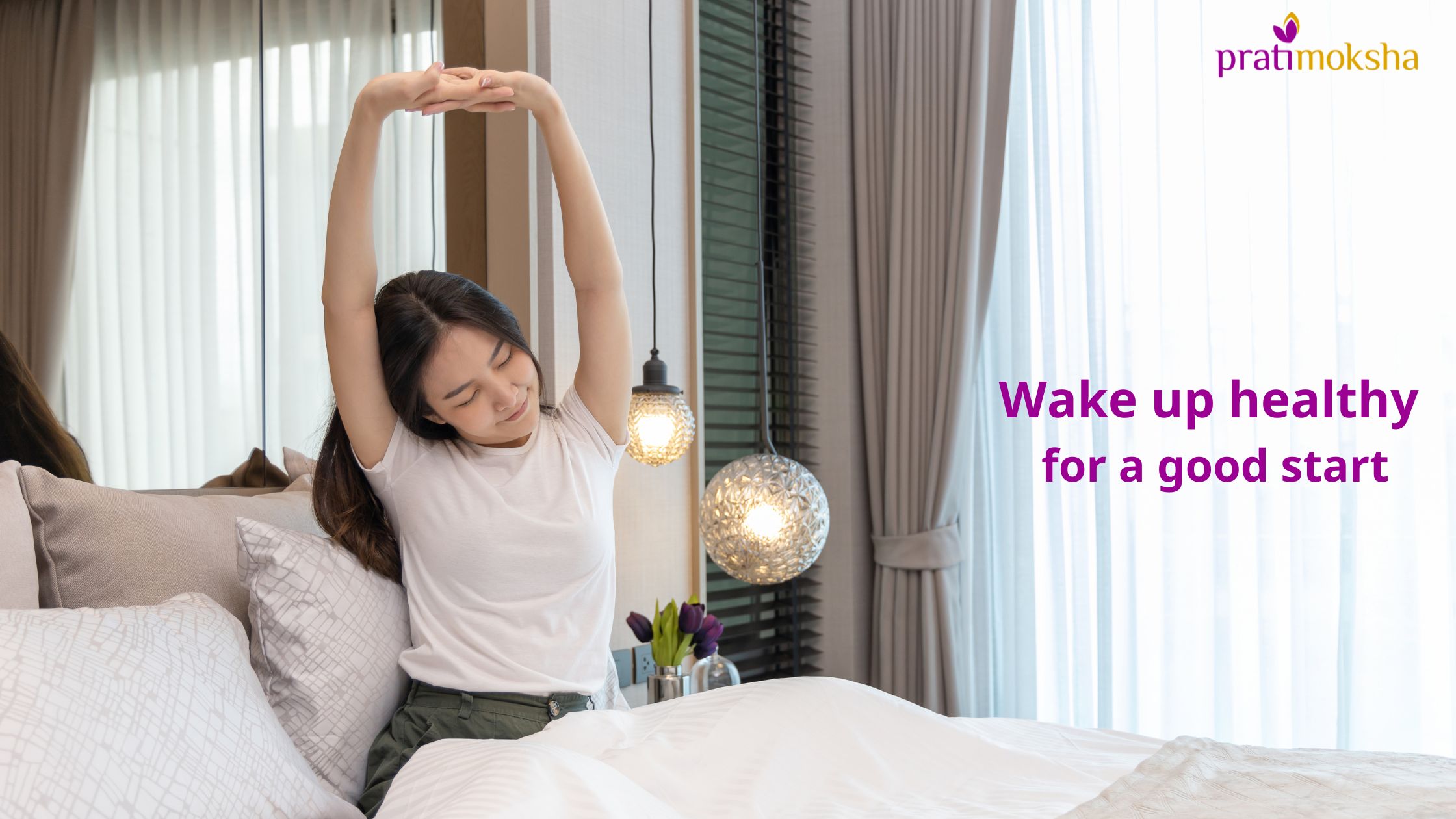Yoga: Your Pregnancy Companion – Simple Moves for a Healthy Journey
If you missed Part 1 of our prenatal yoga journey, find it here: https://www.pratimoksha.org/pregnancy-yoga/
Now, let’s dive into some simple, safe yoga poses! But remember:
- Doctor’s Approval: Always consult your doctor before starting new exercise.
- Expert Guidance: A qualified instructor ensures safety and tailors workouts to your needs. This is especially important during pregnancy.
Sukshma Vyayama: Gentle Joint Care
Sukshma Vyayama (“subtle exercise”) is perfect for anyone, regardless of fitness level. It gently moves each joint, keeping them supple and releasing stress.
- Sit comfortably, spine straight, shoulders relaxed.
- Start with toes: squeeze and release, then flex and point.
- Continue with ankle rotations and other joint movements.
3 Must-Try Yoga Poses
Important: Don’t strain! Consistent practice will improve your flexibility.
Tadasana (Mountain Pose): A foundation for strength and balance.
-
- Stand tall, chest lifted, arms relaxed.
- Focus on even weight distribution.
- Breathe deeply, feeling grounded and centered.
Benefits: Improves posture, strengthens leg muscles, and can help prepare the body for the physical demands of labor.
Sukhasana (Easy Pose): Promotes calmness and improves posture
-
- Sit comfortably, back straight (use wall support if needed).
- Cross legs gently, knees relaxed. Don’t force them down.
- Hands rest on knees. Breathe deeply.
Benefits: Calms the mind, stretches the back, opens the hips with a gentle pelvic stretch, and can ease lower back tension.
Marjariasana (Cat Pose): Benefits spine, pelvic floor, and reproductive health
-
- Start on all fours, back flat like a tabletop.
- Exhale, curving spine upwards.
- Inhale, returning to the neutral tabletop position.
Benefits: Gently massages the spine, relieves back compression, strengthens the arms and shoulders, and improves flexibility for labor.
Prenatal Yoga in Dubai: Expert Guidance at Enlighten Yoga Center
For personalized prenatal and post-natal yoga packages, WhatsApp text us at 00971-50-395-5613. Let’s make your pregnancy journey smoother and stronger!




0 Comments